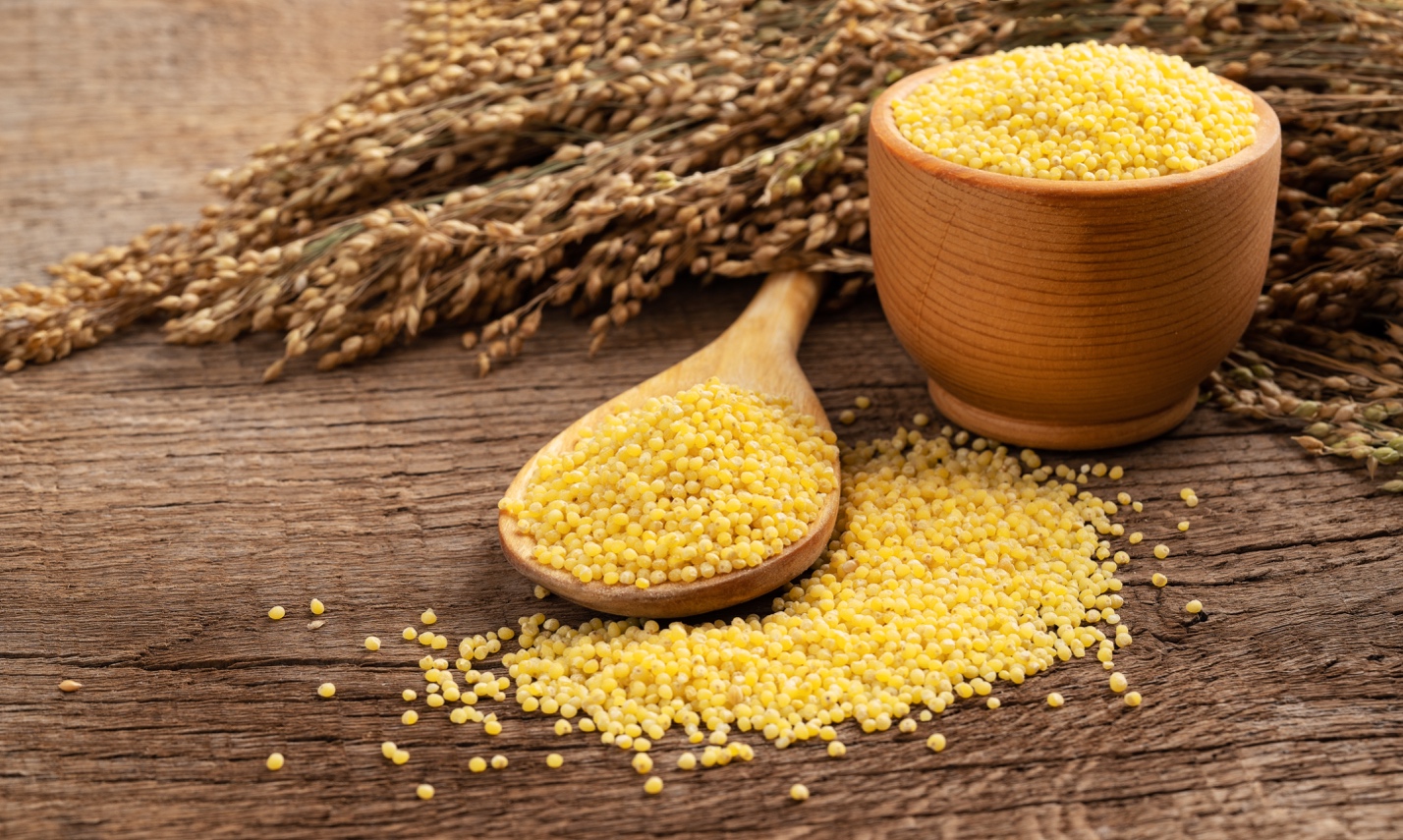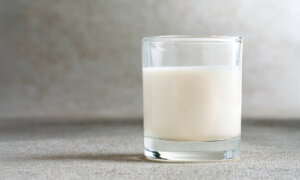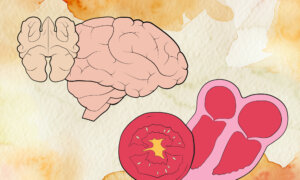Millet is a gluten-free whole grain staple regarded as an excellent health food. Rich in protein and dietary fiber, millet can nourish the kidneys, promote sleep, invigorate the spleen and stomach, and lower blood sugar levels when eaten regularly. Pairing millet with ingredients such as Chinese yam and pumpkin can further enhance its benefits.
Millet is one of the oldest known foods. Li Shizhen, a renowned pharmacologist during the Ming dynasty, referred to millet as the “grain of the kidneys,” believing it to have the effects of nourishing the kidneys and replenishing vital energy.
Health Benefits of Millet
Promotes Sleep
Millet helps improve sleep quality by making it easier to fall asleep. Millet
contains tryptophan, an amino acid essential for producing sleep-inducing hormones such as serotonin.
Incorporating millet into your evening diet may help enhance the production of these hormones, potentially leading to better sleep quality. Research has shown that tryptophan supplementation can reduce wake time after falling asleep, promoting a more restful night’s sleep.
Invigorates Spleen and Stomach
Millet is easy to digest and absorb, which helps manage blood sugar levels. In TCM, the spleen and stomach are vital for digestion and the transformation of food into qi (energy). Spleen and stomach deficiency can lead to symptoms such as fatigue and poor digestion, indirectly affecting blood sugar.
A study showed that long-term consumption of millet resulted in a 12 percent reduction in fasting blood sugar levels and a 15 percent reduction in post-meal blood sugar levels among diabetic participants. Compared with milled rice and refined wheat, minimally processed millet was 30 percent more effective in reducing the glycemic index of a meal.
Nourishes Kidneys
Millet helps enhance kidney function. Diabetic kidney disease is a serious complication of diabetes, affecting patient mortality and quality of life.
A study published in Frontiers in Medicine investigated fermented and germinated foxtail millet whole grain (FG-FM) in diabetic mice. Results showed that FG-FM consumption significantly reduced kidney tissue damage. Transcriptome analysis revealed that FG-FM inhibited overactive inflammation and immunity pathways in kidney tissues, indicating that foxtail millet may serve as a functional food for managing DKD without medication.
3 Groups of People Who Benefit Most From Millet
- Those with frequent stomach discomfort.
- Those with poor sleep quality.
- Those who often feel fatigued.
Additionally, pregnant women and children can safely eat millet.
3 Simple Millet Recipes
1. Millet Porridge
Boiling millet into porridge offers the best nourishing effect. The top layer of porridge oil, in particular, invigorates the spleen and stomach while effectively protecting the gastric mucosa. Its nourishing benefits are comparable to those of herbs such as ginseng and prepared rehmannia root.
Ingredients:
- Millet: 1 cup
- Water: 8 cups
Preparation:
- Rinse millet a few times with tap water and drain.
- Bring water to a boil, then add millet—this prevents it from sticking to the pot.
- Simmer for about 20 minutes until the millet is tender, stirring occasionally.
- Season to taste.
2. Pumpkin Millet Porridge
Combining millet and pumpkin creates a nutritious food. The beta-carotene in pumpkin helps relieve eye fatigue, while lutein effectively prevents macular degeneration. This porridge eases acid reflux and stomach discomfort and promotes ulcer healing.
A study published by Cambridge University Press in 2010 demonstrated various health benefits of pumpkin, including its anti-diabetic, anticancer, antioxidant, and antimicrobial properties. According to the study, pumpkin can also inhibit kidney stone formation, lower blood pressure, reduce inflammation, and promote blood clotting.
Ingredients:
- 3.53 ounces (100 grams) millet
- 8.82 ounces (250 grams) pumpkin
Preparation:
- Rinse millet thoroughly.
- Wash, peel, and cut pumpkin into small pieces.
- Place pumpkin and millet in a pot.
- Add 33.81 fluid ounces (1000 milliliters) of water and simmer until cooked.
3. Millet Porridge With Chinese Yam and Lean Pork
Cooking millet, Chinese yam, and lean pork together creates a delicious kidney-nourishing dish. Chinese yam supports spleen health and enhances millet’s kidney-nourishing effects when the two are eaten together. This porridge helps alleviate fatigue, improves bone density, and addresses symptoms of kidney deficiency such as lower back pain, declining eyesight, and loose teeth.
Ingredients:
- 3.53 ounces (100 grams) millet
- 8.82 ounces (250 grams) fresh Chinese yam
- 5.29 ounces (150 grams) lean pork
- 1 teaspoon oil
- 1 teaspoon soy sauce
- 33.81 fluid ounces (1000 milliliters) water
Preparation:
- Rinse millet and drain well. Set aside.
- Wash, peel, and cut yam into small pieces. Set aside.
- Slice pork into thin strips. Mix with oil and soy sauce. Set aside.
- In a soup pot, bring water to a boil.
- Add the rinsed millet and cook for 15 minutes, stirring occasionally.
- Add the Chinese yam and continue cooking for another 15 minutes.
- Add the pork strips, mix well, and cook for an additional 5 minutes.
- Turn off the heat and season with salt to taste.
In August 2022, the British Journal of Nutrition published
a systematic review highlighting that yam and its related extracts exhibit various biological activities that are beneficial for controlling blood sugar levels in Type 2 diabetes.
5 Healthful Ingredient Combinations for Millet
Combining millet with the following five ingredients enhances its effects in promoting sleep, improving skin health, stabilizing blood sugar, and nourishing the body.
- Millet + lily bulb: Ideal for addressing sleep problems. Some patients reported that after eating millet porridge for several months, their skin and digestive health improved, and they could fall asleep quickly.
- Millet + mung beans: Beneficial for people with acne. Mung beans possess detoxifying and anti-inflammatory properties that help reduce redness and swelling.
- Millet + white rice: Helpful for those with fluctuating blood sugar levels—it can lower blood sugar and nourish the spleen and stomach.
- Millet + red dates: Improves complexion and makes the skin look rosy.
- Millet + goji berries: Helps protect the eyes and prevent aging.
Precautions for Eating Millet Porridge
While millet porridge offers many benefits, two groups of people should avoid eating it in excess.
- People with frequent urination: Millet has diuretic properties, so those who already urinate frequently should limit their consumption of millet porridge to prevent frequent bathroom trips.
- People with a yang-deficiency constitution: Symptoms of a yang-deficiency constitution include cold hands and feet in winter, sensitivity to cold, and loose stools. For individuals with these symptoms, it is advisable to avoid excessive intake of millet porridge.
Note: Some herbs mentioned in this article may be unfamiliar, but they are generally available in health food stores and Asian grocery stores. It is important to note that treatment methods may vary depending on the individual. Please consult with a health care professional for a specific treatment plan.











